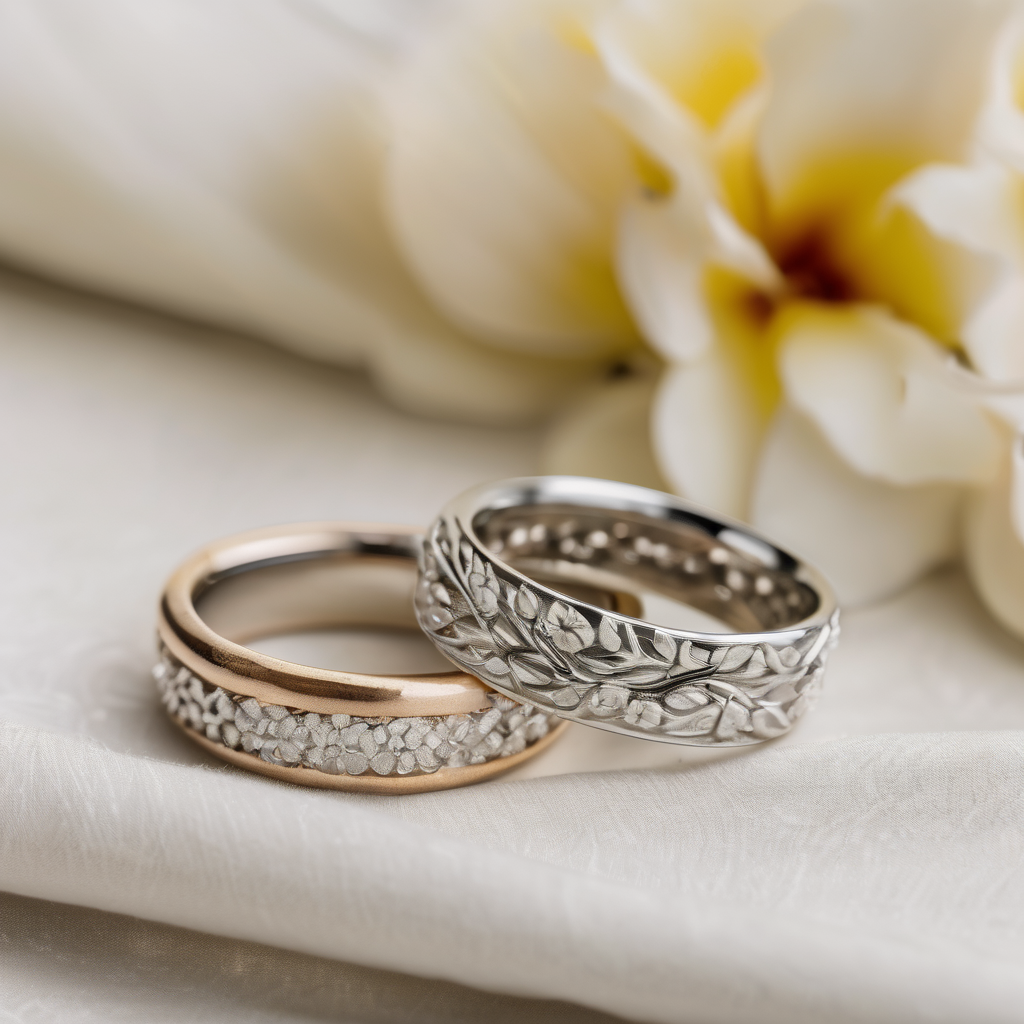A recent article in the Washington Post has highlighted a growing trend among couples engaged in mixed-orientation marriages, where one partner identifies as gay and the other as straight. The piece featured Samantha Wynn Greenstone and Jacob Hoff, a couple in a nearly decade-long monogamous relationship, as they navigate their unconventional union. Greenstone stated that their relationship, which includes a pregnancy resulting from their intimate life together, reflects an evolution of what marriage can mean, even attracting support from conservative commentators.
However, the core assertion of such relationships raises significant questions regarding the traditional understanding of marriage. Greenstone’s claim that their union represents a renewed sanctity of marriage invites scrutiny, particularly since it challenges the conventional definition of marriage, traditionally seen as a bond between one man and one woman, ideally open to procreation.
The article also notes other couples, such as April Lexi Lee and Renee Wong, who identify as “aromantic” best friends, showcasing yet another dynamic that distances itself from traditional romantic relationships. These arrangements point to a broader cultural shift where non-traditional partnerships are becoming more visible in society, even amongst religious communities.
Influential voices within the Catholic Church, including figures like Eve Tushnet, have begun advocating for forms of committed relationships that diverge from traditional teachings, proposing ideas such as “celibate vowed friendships.” This development could challenge Church leaders as they navigate the complexities of modern relationships, particularly among young believers who might seek validation for these unconventional unions.
With approximately 5 percent of Americans currently in consensual nonmonogamous relationships and a reported 60 percent open to the idea, the landscape of companionship is rapidly changing. Such shifts raise the prospect of scenarios where couples seek ecclesiastical recognition of their relationships, despite differing sexual orientations among partners.
These evolving definitions of marriage could pose significant challenges to the teachings of the Church. As secular narratives increasingly accept varied romantic structures, Church leaders may face difficult questions on the validity of these unions, particularly when they seek blessings or recognition within ecclesiastical settings.
Supporters of traditional teachings argue that it is imperative for the faithful to remain steadfast against messages that distort the Church’s understanding of human sexuality. The belief remains that true marriage exists between a man and woman committed to a life open to procreation. Engaging with relationships that fall outside of this definition is viewed as a potential erosion of that foundational understanding.
As society continues to navigate these complexities, there is a pressing need for dialogue about their implications—especially for the new lives being brought into these unconventional arrangements. The situation calls for thoughtful reflection and compassion, with a focus on educating future generations about the profound meaning of love, sex, and the sanctity of marriage.
